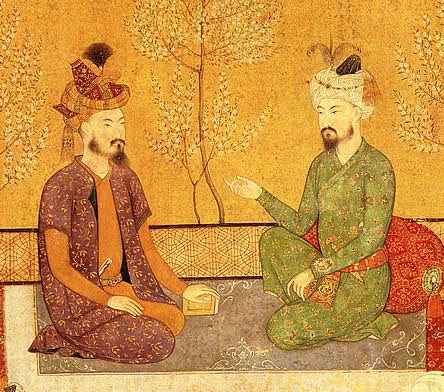The much awaited Ayodha Verdict has finally come out, and the verdict has thrown to the forefront several questions that have rather ambiguous and uncertain answers.
Time, as I perceive it, is a continual process, and the study and progress of history is embedded in it. Therefore sheerly on the basis of this logic, elements of history of the past is weaved into the present. It is in it's interpretations that questions arise. The judgement allows for a three-part division of the land between the contending parties and observes that the building was constructed after demolishing a hindu temple, and thus dismissing the claims of the Waqf.
The question here arises is that how much of historical facts and conjecture should infringe upon the present time. Is it commendable that what happened in the sixteenth century India should be brought in as evidence for an event that clearly happened in 1949, escalated to a combustible point in 1992? It definitely shows that history has that much of an impact in present day lives, but it also brings forward an uneasiness regarding the control of the past over the present.
- Posted by Sohini Chattopadhyay, Second Year, Presidency College Kolkata.
